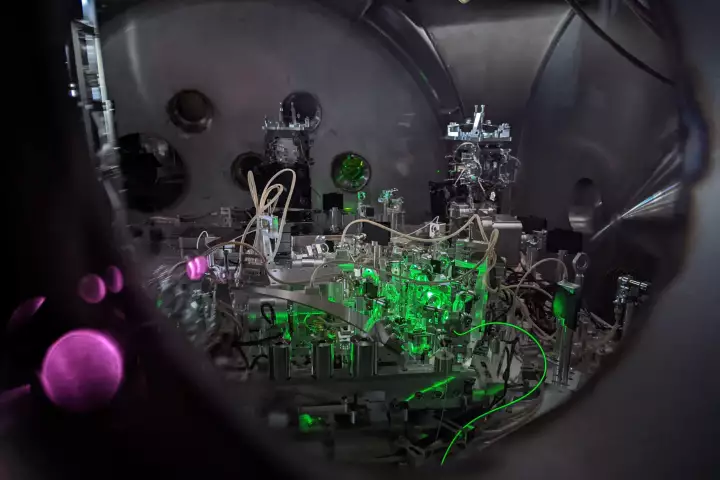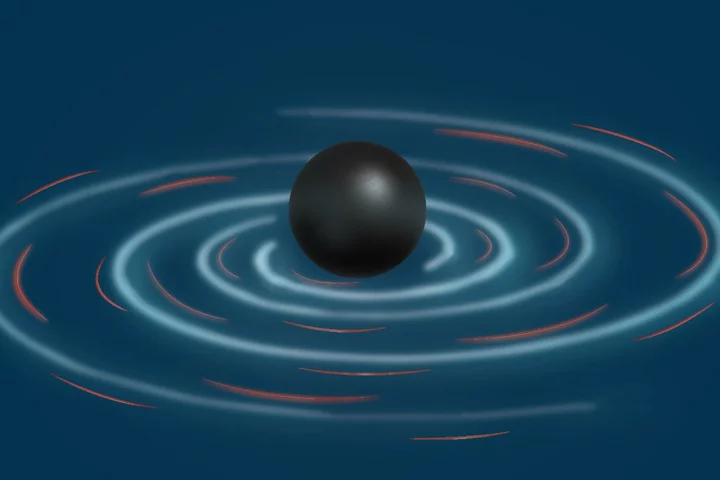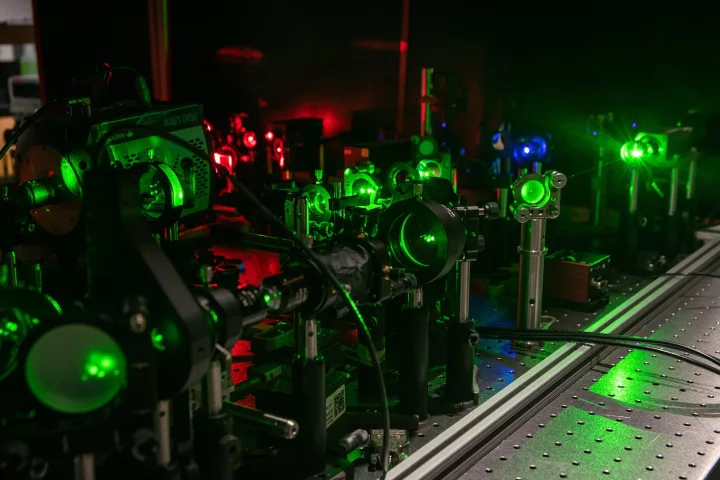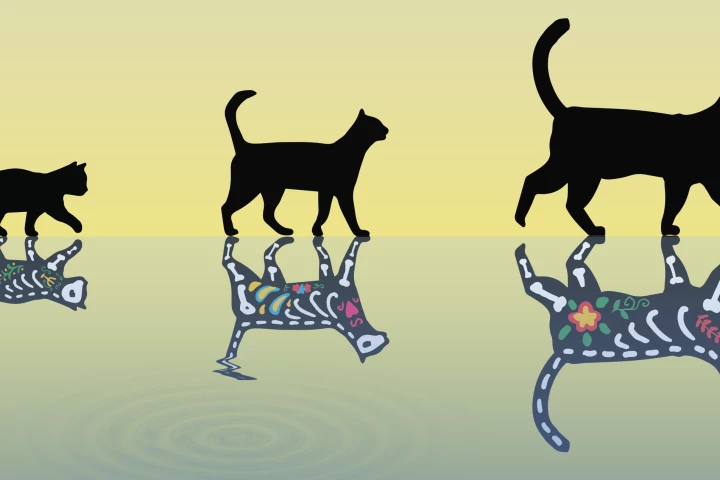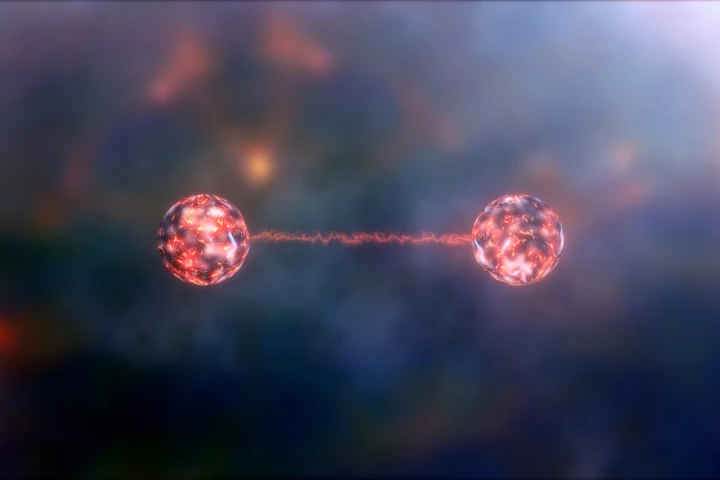Quantum
-
Gravitational wave facilities measure spacetime distortions down to 10 quadrillionths of a hair – small enough for interference from particles popping in and out of existence. Now LIGO has pushed beyond this quantum limit by “squeezing” laser light.
-
Scientists in Australia have used quantum computers to observe something usually too fast for the eye to see. The team managed to slow down a molecular interaction by 100 billion times to see what’s really going on in a common chemical reaction.
-
Scientists have detected the first evidence of a phenomenon called “quantum superchemistry.” Long predicted but never confirmed, this effect could speed up chemical reactions, give scientists more control over them, and inform quantum computing.
-
Gravity is the only fundamental force that can’t currently be explained by quantum physics. Now scientists have outlined a plan to look for signs of quantum gravity out in the cosmos by listening in to the 'ringing' of colliding black holes.
-
To make the United States self-sufficient in rare exotic elements, the Oak Ridge National Laboratory (ORNL) has developed a latest generation electromagnetic isotope separator (EMIS) to harvest stable isotopes across the entire periodic table.
-
Taking 3D images underwater is tricky due to inconsistent lighting conditions and particles in the water that cause distortion. Researchers have created a novel prototype system that uses quantum technology and LiDAR to overcome these difficulties.
-
Caltech scientists have created a quantum microscope that taps into the quirky quantum rules to see tiny details much more clearly. Using pairs of entangled photons allows the instrument to double the resolution of images without damaging the sample.
-
The famous thought experiment of Schrödinger’s Cat neatly sums up a complex quantum phenomenon in terms we can visualize. Now scientists have created the heaviest Schrödinger’s Cat to date, probing the boundaries between quantum and classical physics.
-
Georgia Tech scientists have discovered a new quantum state in a quirky material. In a phenomenon never before seen in anything else, the team found that applying a magnetic field increased the material’s electrical conductivity by a billion percent.
-
Physicists at Brookhaven National Laboratory have discovered a completely new type of quantum entanglement, the spooky phenomenon that binds particles across any distance. This allowed scientists to peer inside nuclei in more detail than ever before.
-
Wormholes are a sci-fi staple, and and it's possible that they exist in the real universe. But how would they work? Physicists have now used a quantum processor to simulate a traversable wormhole, teleporting information between two quantum systems.
-
IBM has unveiled the most powerful quantum processor in the world – the Osprey, with a massive 433 quantum bits (qubits). The new chip headlines a raft of advances in quantum computers announced, as the company prepares for a massive leap next year.
Load More
